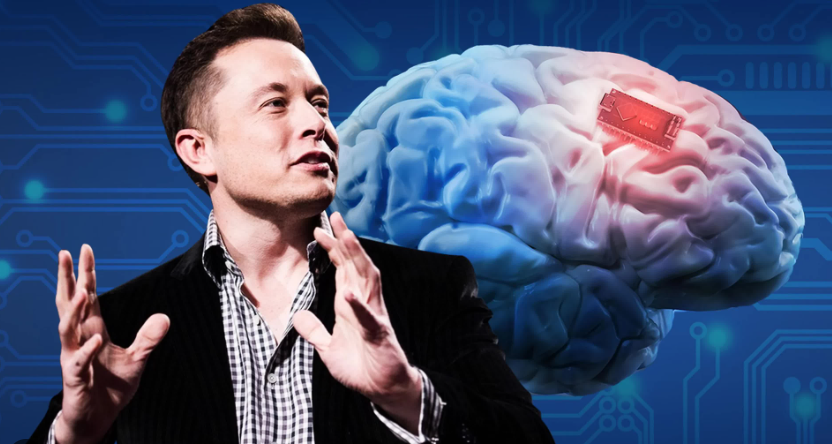Introduction:
In a momentous stride for neurotechnology, Neuralink, the brain-chip startup led by Elon Musk, has reached a major milestone by implanting its inaugural brain-computer interface (BCI) in a human recipient. Elon Musk shared this significant achievement on his social media platform, X, expressing optimism about the initial results indicating successful detection of promising neuron spikes. This blog thoroughly investigates the profound implications of Neuralink’s breakthrough, exploring the scientific intricacies of brain-chip technology, potential applications, ethical considerations, and its overarching impact on the realm of neuroscience.
Decoding Neuron Spike Detection
Neuralink’s success is built on its ability to detect neuron spikes, which are intricate electrical and chemical signals used by neurons for communication within the brain and the body. This accomplishment opens unprecedented avenues for decoding and understanding brain activity, providing valuable insights into neurological functions.
FDA Clearance and Human Trial
Having received approval from the U.S. Food and Drug Administration (FDA) in the prior year, Neuralink initiated its first human trial to assess the viability of the implant. This regulatory clearance represents a pivotal advancement toward Neuralink’s ambitious goals of assisting patients in overcoming paralysis and various neurological conditions. The ongoing human trial, authorized for recruitment in September, employs a robotic system for precise placement of the BCI implant in a specific brain region associated with movement intention.
Technology Behind Neuralink’s Brain Chip
The brain chip developed by Neuralink is equipped with “ultra-fine” threads, playing a pivotal role in transmitting signals within the brains of participants. These precisely designed threads facilitate seamless communication between the brain and external devices. The primary aim of the study is to empower individuals to control computer cursors or keyboards solely through their thoughts, emphasizing the revolutionary potential of Brain-Computer Interface (BCI) technology.
Implications for Neuroscience and Medicine
Neuralink’s milestone brings profound implications for neuroscience and the medical field. The capability to decode and interpret brain signals creates opportunities for innovative treatments targeting paralysis and neurological disorders. This blog explores the potential revolution in patient care through this technology, instilling hope for individuals confronting conditions that were once deemed insurmountable.
Ethical Considerations
In line with any significant technological advancement, the progress made by Neuralink prompts ethical considerations. This blog explores the ethical implications surrounding brain-chip technology, addressing concerns such as privacy, consent, and the necessity of regulatory frameworks to ensure responsible development and usage.
Future Applications and Beyond
Envisaging the future applications of Neuralink’s technology, the blog foresees a range of possibilities, including medical treatments and cognitive enhancement. It portrays a future where the integration of mind-computer connections becomes a fundamental aspect of human life and delves into the societal impact stemming from these advancements.
Conclusion
In conclusion, Neuralink’s recent accomplishment marks a significant advancement toward Elon Musk’s envisioned mind-computer connection. This breakthrough not only has transformative implications for neuroscience and medical science but also raises crucial ethical questions about the responsible development and deployment of such revolutionary technology. As Neuralink continues to explore the boundaries of neurotechnology, the future holds promising possibilities at the intersection of the human mind and cutting-edge computing.


